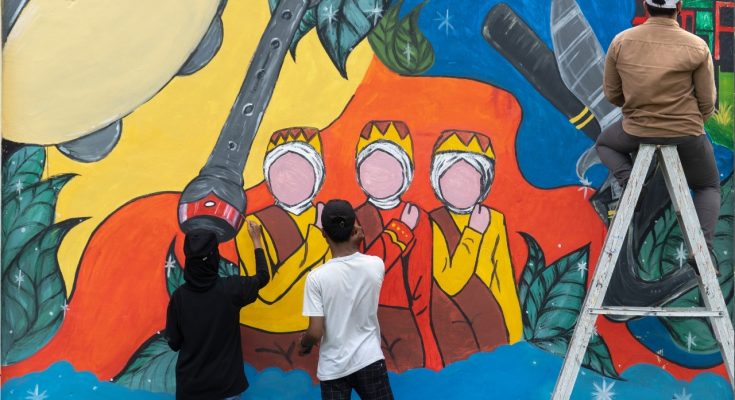Translation is often likened to an art form, a delicate dance of words and meanings across different languages. It’s a process that goes beyond mere conversion; it’s about capturing the essence, the soul of a text, and rendering it in a new linguistic landscape. In this article, we’ll explore the nuanced world of translation, focusing on the delicate balance between fidelity to the original text and the creative adaptations required for a successful translation.
Understanding Translation
At its core, translation is about conveying meaning from one language to another. However, this task is not as straightforward as it may seem. Languages are deeply rooted in their respective cultures, and words often carry nuances and connotations that are unique to their linguistic and cultural contexts. A successful translation, therefore, must not only convey the literal meaning of the words but also capture the cultural nuances and subtleties inherent in the text.
The Role of Fidelity
Fidelity to the original text is often a primary concern for translators. This involves maintaining the integrity of the original message, ensuring that the translated text accurately reflects the content and tone of the source material. Fidelity is particularly important in fields such as legal and technical translation, where precision and accuracy are paramount.
The Creative Challenge
While fidelity is important, translation also requires a certain degree of creativity. Languages are not always directly translatable, and translators often face the challenge of finding creative solutions to convey the meaning of a text effectively. This may involve using idiomatic expressions, adapting cultural references, or even inventing new words or phrases that capture the essence of the original text.
Cultural Considerations
Culture plays a significant role in translation. Certain concepts or ideas that are common in one culture may be unfamiliar or even nonexistent in another. Translators must be sensitive to these cultural differences and find ways to bridge the gap between languages and cultures. This may involve providing explanations or context that helps the reader understand the cultural significance of certain words or phrases.
The Translator’s Dilemma
Translators often find themselves torn between fidelity to the original text and the need for creative adaptation. While a literal translation may accurately convey the meaning of the words, it may fail to capture the style, tone, or cultural nuances of the original text. On the other hand, a more creative approach may enhance the readability and impact of the translation but could potentially stray too far from the original text.
Read More: The Poetry of Protest: How Activists Use Language as a Tool for Change
Conclusion
In conclusion, translation is a complex and multifaceted process that requires a delicate balance between fidelity to the original text and creative adaptation. A successful translation is one that not only accurately conveys the meaning of the words but also captures the style, tone, and cultural nuances of the original text. It’s a process that requires skill, sensitivity, and a deep understanding of both languages and cultures.




